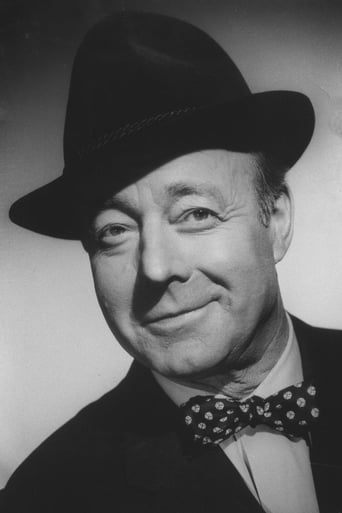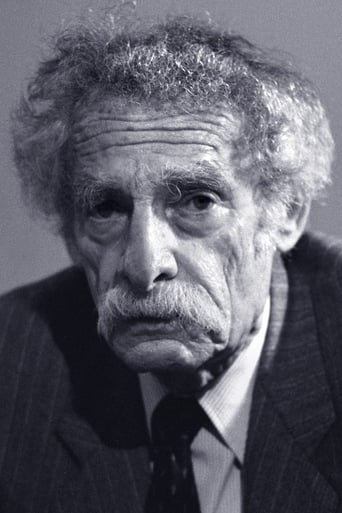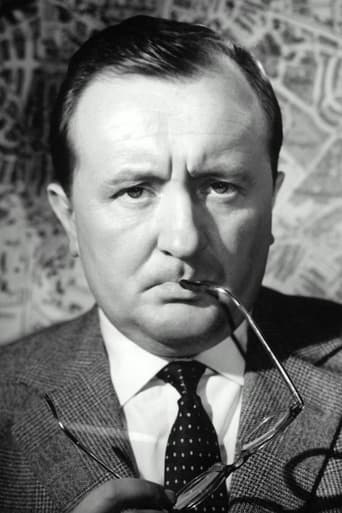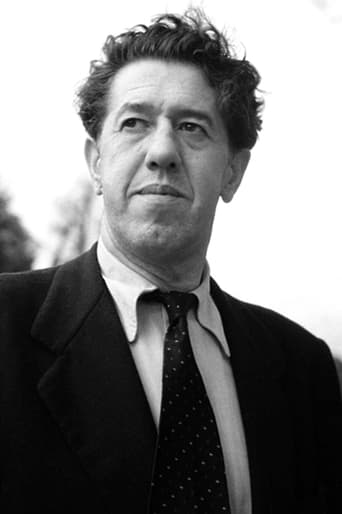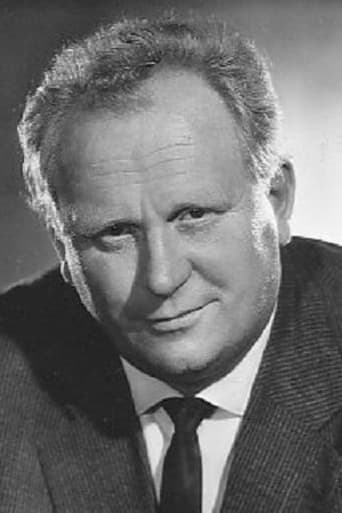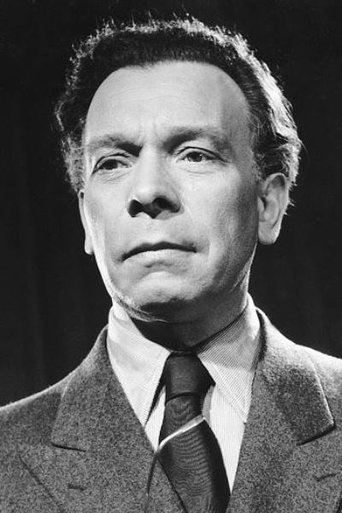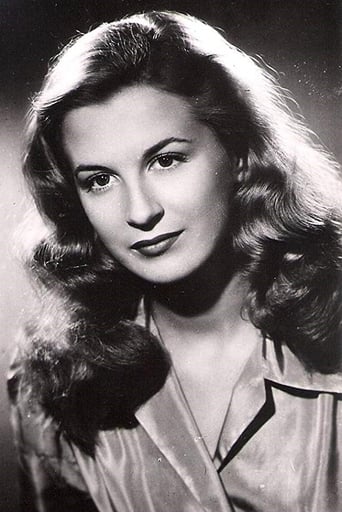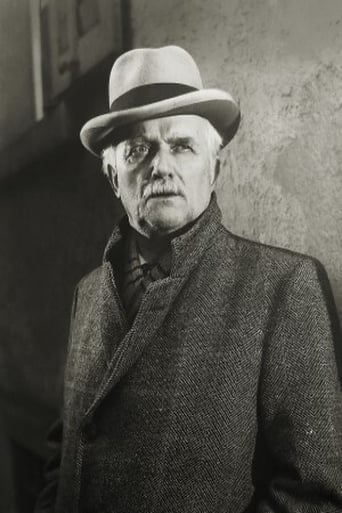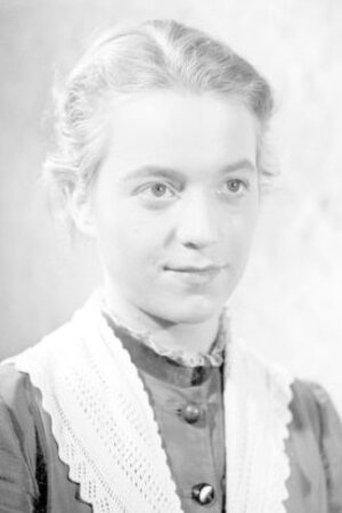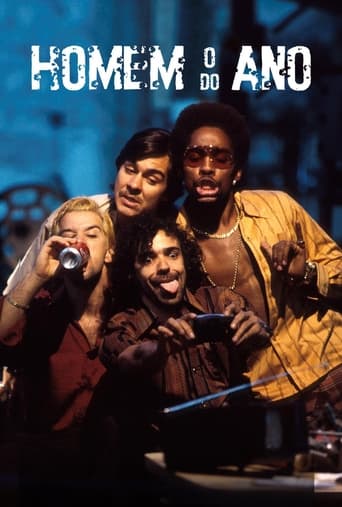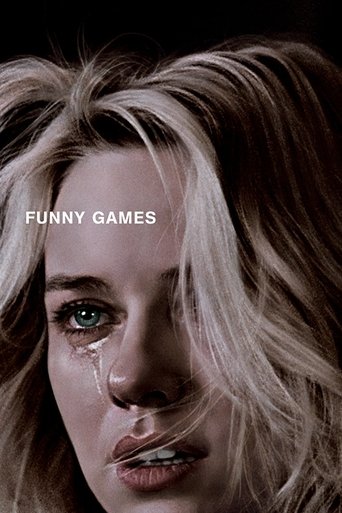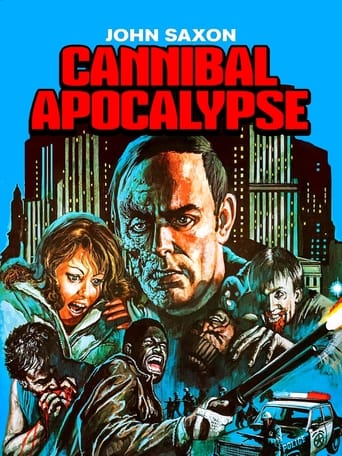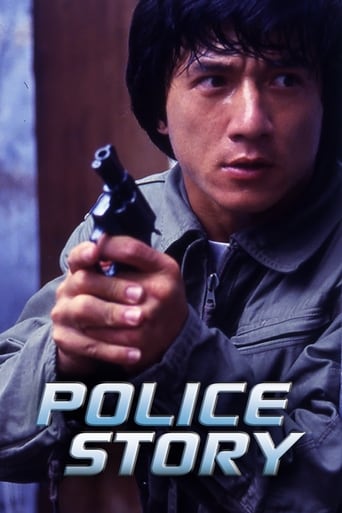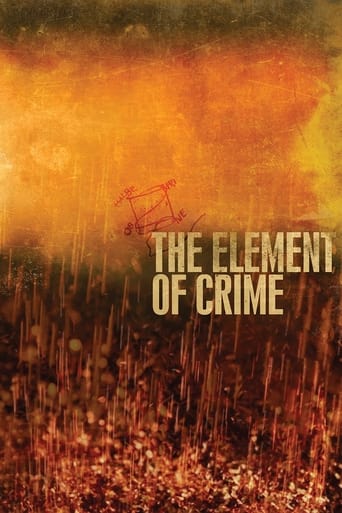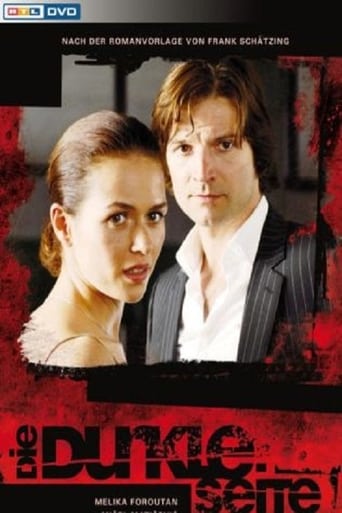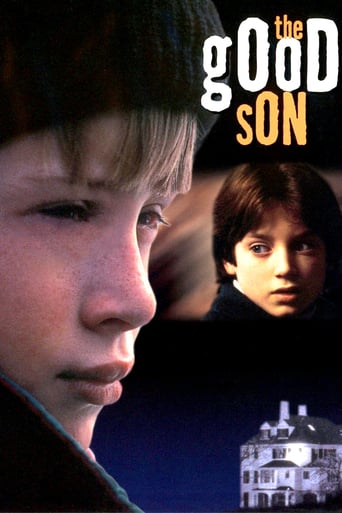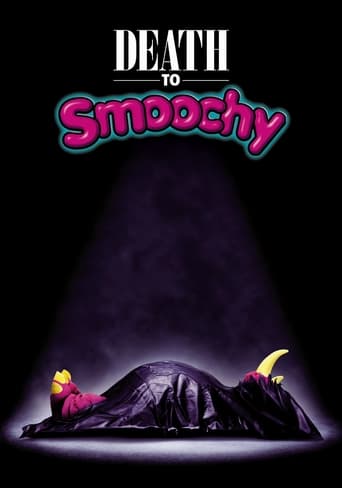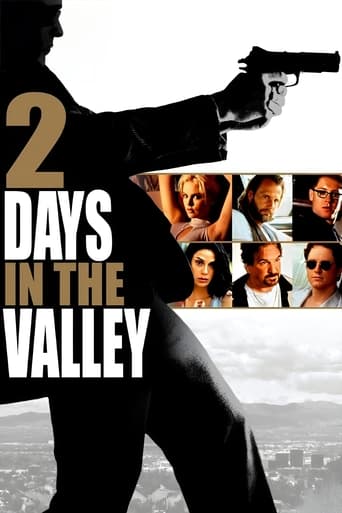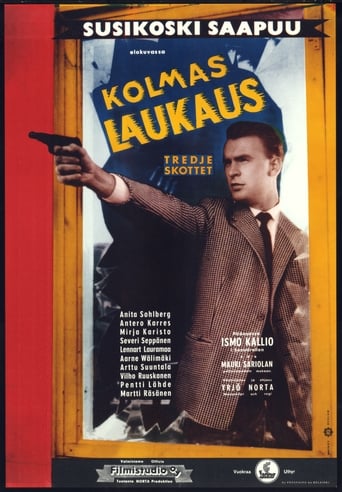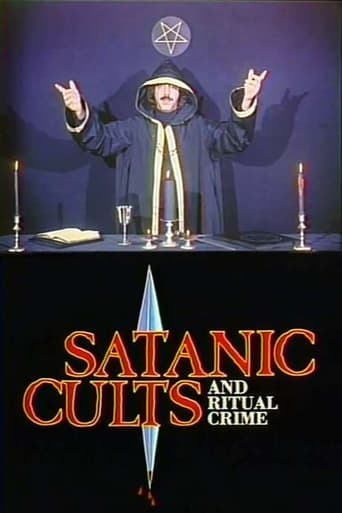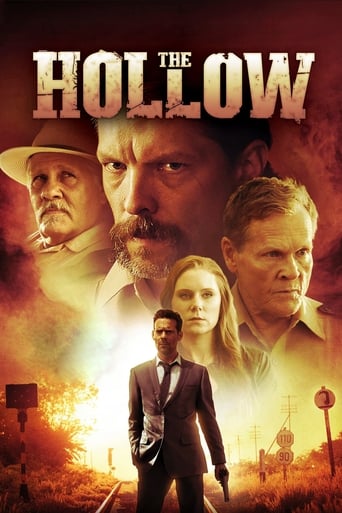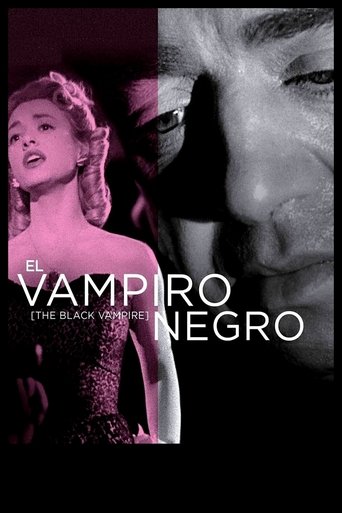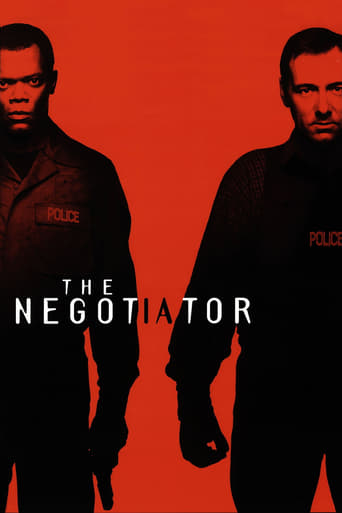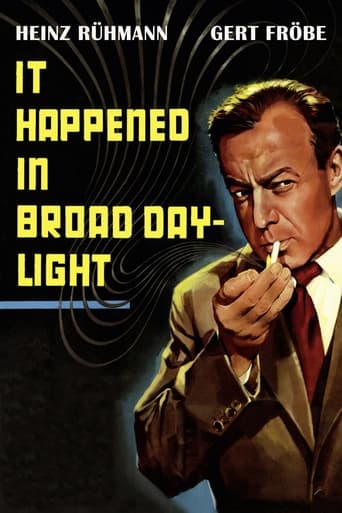
It Happened in Broad Daylight (1958)
The search for a child murderer drags a once-respected detective into an all-consuming obsession.
- Ladislao Vajda
- Hans Jacoby
- Ladislao Vajda
- Friedrich Dürrenmatt
Rating: 7.4/10 by 133 users
Alternative Title:
Ça s'est passé en plein jour - FR
El cebo - ES
Country:
Germany
Spain
Switzerland
Language:
Deutsch
Runtime: 01 hour 40 minutes
Budget: $0
Revenue: $0
Plot Keyword: zurich, detective inspector, child murder, suspicion of murder, cult, murder, psychiatrist
There Are Such Monsters In The World. Es geschan am hellichten Tag (It Happened in Broad Daylight) is directed by Ladislao Vajda and collectively written by Vajda, Hans Jacoby and Friedrich Durrenmatt, from the Novel The Promise. It stars Heinz Ruhmann, Sigfrit Steiner, Siegfried Lowitz, Michel Simon and Gert Frobe. Music is by Bruno Canfora and cinematography is by Ernst Bolliger and Heinrich Gartner. When a child is found murdered in the woods, Oberleutnant Matthai (Ruhmann) promises the child’s parents he will find the killer. It’s a promise that weighs heavy on him, causing him to go outside of his rational thinking to hopefully lure the killer into a trap. The source material has proved ripe for picking as regards film adaptations, latterly with a big Hollywood production directed by Sean Penn and starring Jack Nicholson (The Pledge 2001). There’s a whole bunch of themes bubbling away in the story, all of which are handled superbly by the makers. At its core it’s a criminal investigation fuelled by an obsession, but morality and mob justice play a big part in proceedings as well. Lashings of intrigue permeate the atmosphere, as does a number of suspenseful scenes as the child killer enters the fray and we see him operating his vile schtick. The sequences of him at home, a complete milquetoast to a harpy wife, simmer away with deadly expectation, the acting superb. The psychological studies of the key characters carry considerable weighty merit, always niggling away at the audience, keeping us hooked to the very last frame. With chills (for instance the hand puppet scenes are blood curdling), expressionistic touches and a film noir sense of the human condition gone wrong, it’s a film deserving of a more wider and appreciative audience. Personally I prefer the ending that Durrenmatt rewrote as Das Versprechen (the author wasn’t happy with Es geschan am hellichten Tag’s resolution), and that was the ending Penn went for in The Pledge. This is not in the same class as Fritz Lang’s “M”, but it deserves to be on the same shelf, and that is praise indeed. 8/10

